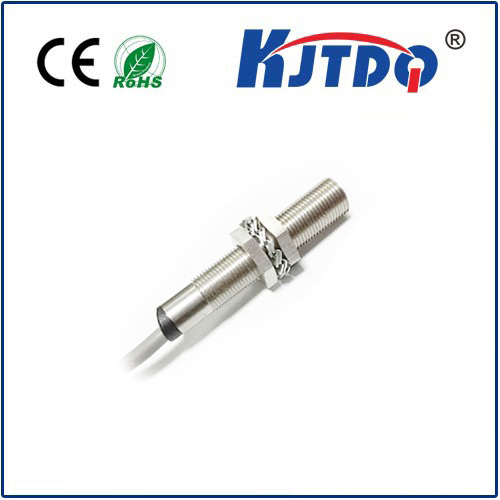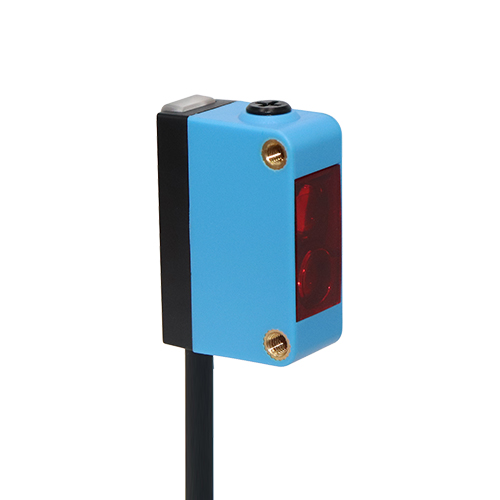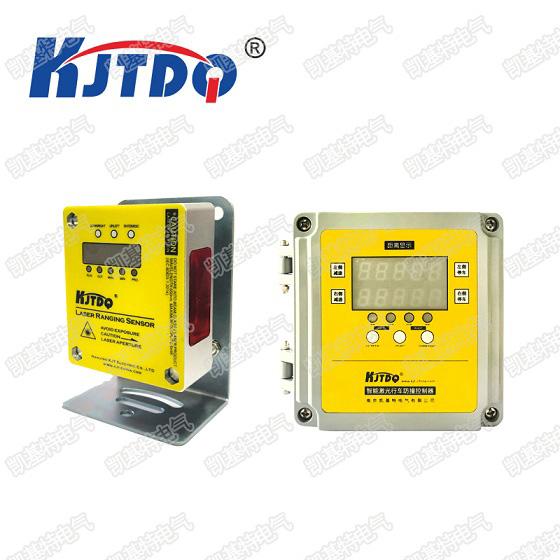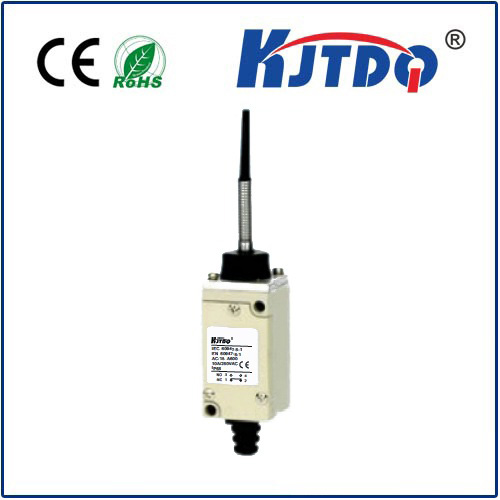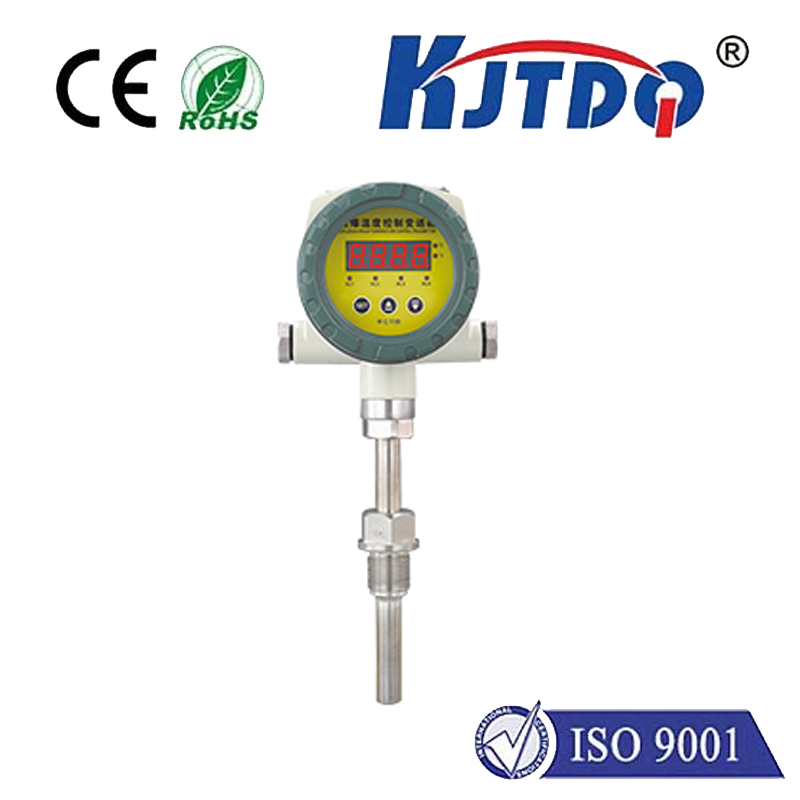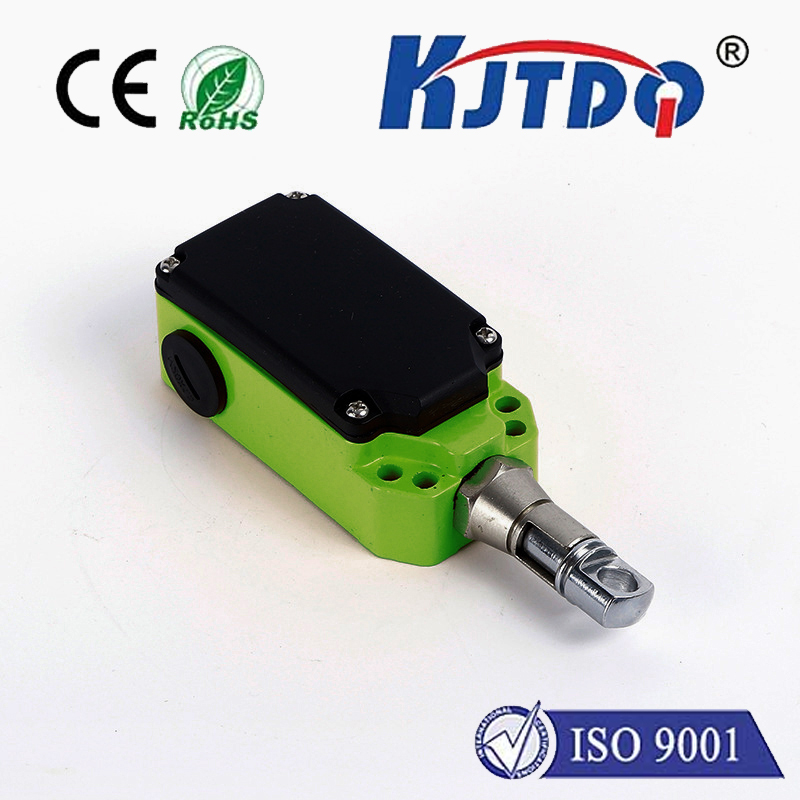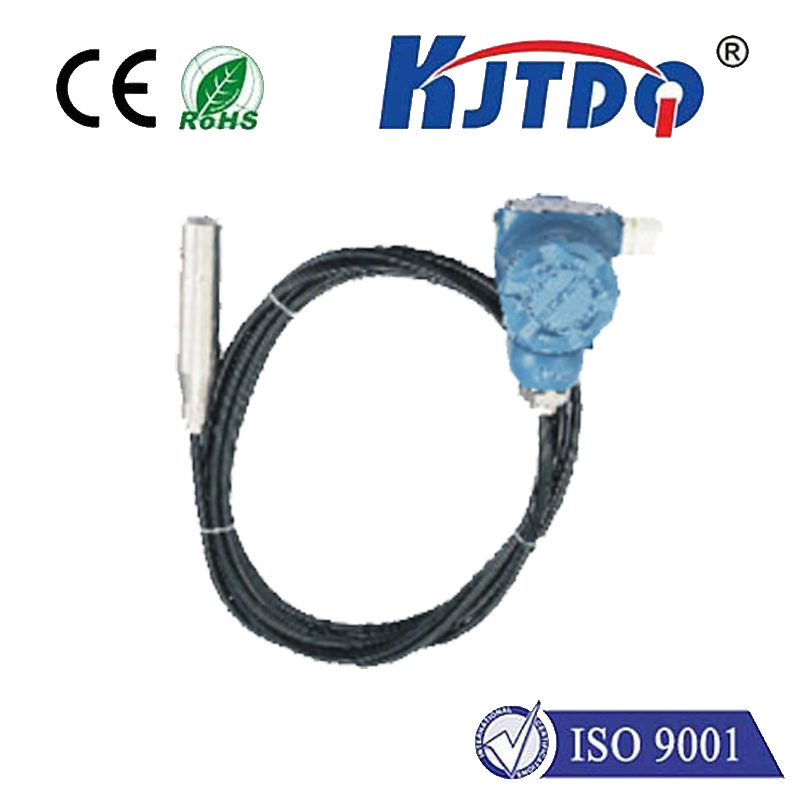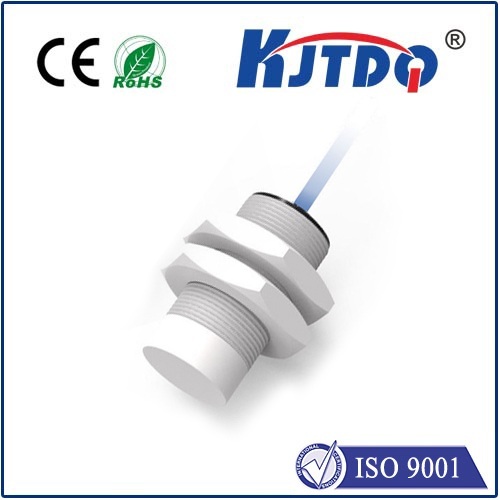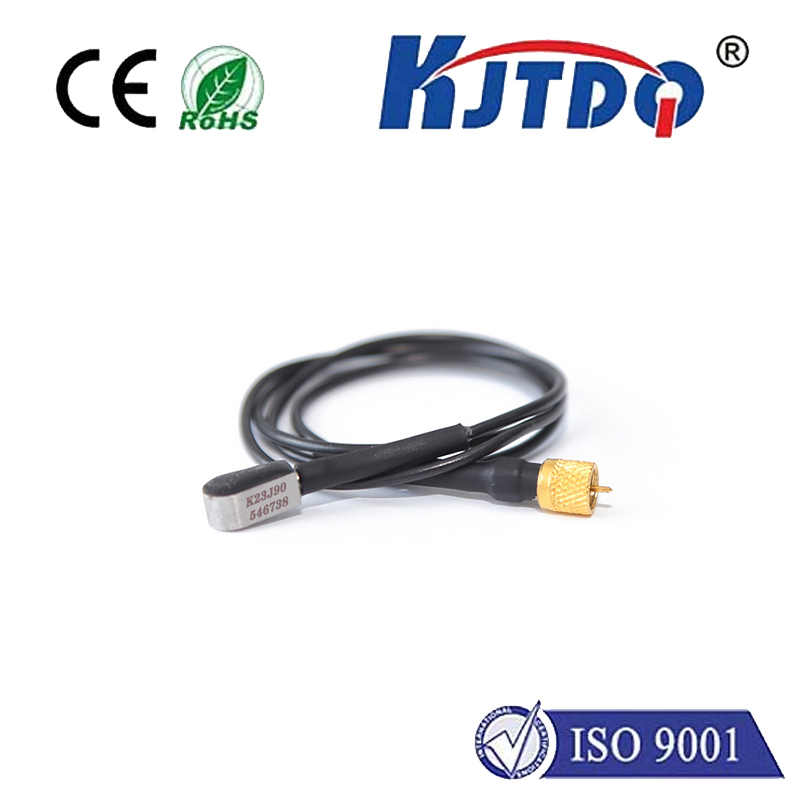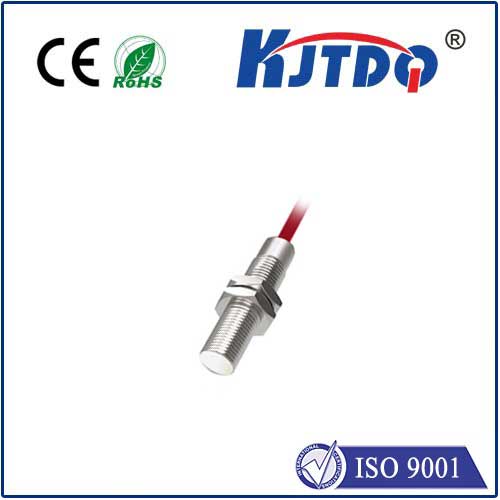
check

check

check

check
The Proximity Photo Sensor: Revolutionizing Interaction and Safety
In a world where technology continues to evolve at an unprecedented pace, the proximity photo sensor has emerged as a groundbreaking innovation that is transforming the way we interact with devices and enhancing our safety in various industries. This cutting-edge sensor technology has revolutionized several aspects of modern life, from smartphone usage to industrial automation, making it an essential component in our increasingly connected world.
What is a Proximity Photo Sensor?
A proximity photo sensor is a type of electronic sensor that detects the presence of objects without any physical contact. It utilizes electromagnetic fields, such as infrared light or sound waves, to identify nearby objects and measure their distance from the sensor. When an object comes within a certain range, the sensor triggers a response, such as turning off the display on a smartphone or activating a machine in a manufacturing plant.
Enhancing User Experience and Efficiency

One of the most significant applications of proximity photo sensors is in the consumer electronics industry, particularly in smartphones and tablets. These sensors enable features like auto-dimming screens when users hold their devices up to their ears during phone calls, reducing power consumption and extending battery life. Additionally, they facilitate gesture control, allowing users to perform actions like flipping through pages or playing games simply by waving their hand over the device. This not only enhances user experience but also increases efficiency and convenience.
Safety and Automation in Industrial Settings
In industrial settings, proximity photo sensors play a crucial role in ensuring workplace safety and improving production processes. They are commonly used in machines and robotics for tasks such as counting products, detecting obstructions on conveyor belts, and monitoring assembly lines. By automatically adjusting equipment based on detected object proximity, these sensors help prevent accidents caused by human error or mechanical failure. Moreover, they contribute to streamlining operations by reducing the need for manual intervention, thereby boosting productivity and efficiency.
Advancements in Access Control Systems
Proximity photo sensors have also made significant strides in access control systems. They are integral components in smart locks and security systems, offering a more convenient and secure method of entry compared to traditional keys. For instance, some modern access control systems use proximity cards or tags that activate locks when brought close to the sensor, eliminating the need for physical keys and reducing the risk of unauthorized access. This technology can be found in high-security areas such as government buildings, research facilities, and financial institutions.
Future Possibilities and Innovations
As research and development continue in the field of proximity sensing, its potential applications seem limitless. With advancements in artificial intelligence and machine learning, proximity photo sensors could become even more intelligent, adapting to user behavior and preferences to create personalized experiences. Furthermore, integration with Internet of Things (IoT) devices could lead to smarter homes and cities where appliances, infrastructure, and transportation systems communicate with each other based on proximity data.
Conclusion
The proximity photo sensor represents a leap forward in sensor technology, providing numerous benefits across various sectors. From enhancing user interactions with electronic devices to improving safety measures in industrial environments and beyond, this innovative technology is poised to shape the future of how we live and work. As research progresses and new applications emerge, the impact of proximity photo sensors will undoubtedly continue to grow, cementing their status as a cornerstone of modern technological advancements.
